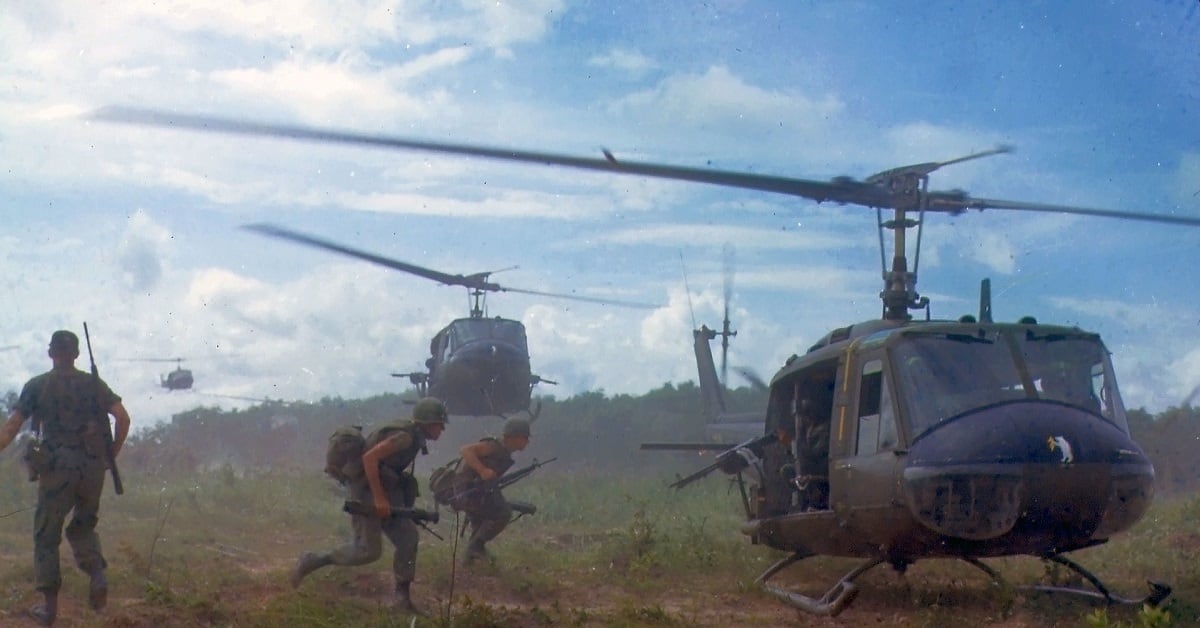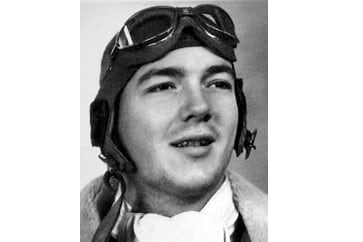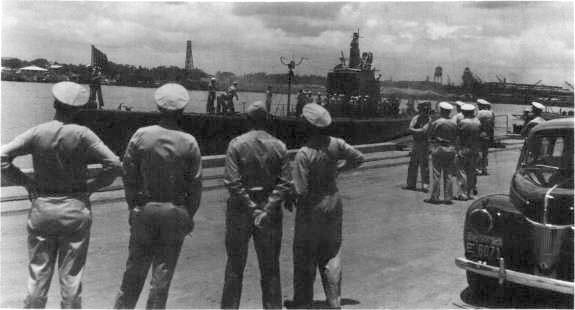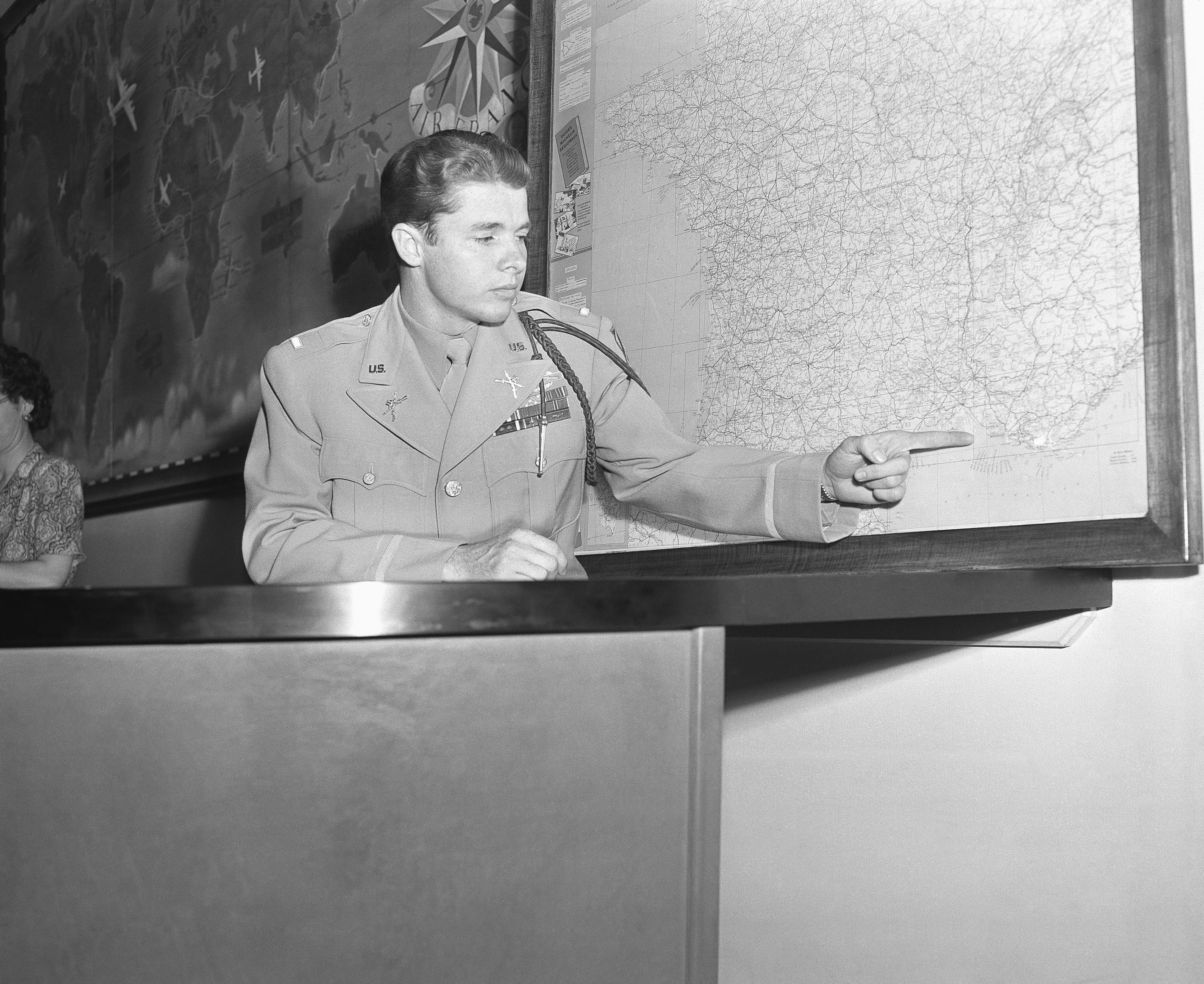When the Distinguished Service Cross and Citation Star — forerunner of the Silver Star Medal — were authorized in 1918, Congress declared that those who earned one would see a boost in their monthly military pay.
Awardees got $2 a month, per honor — even with a century’s worth of inflation, that’s still less than $30.
Many of those early recipients, like the nearly 150,000 who have followed, received their medals posthumously. Some earned them for acts of valor that came years, even decades, before their honors came to light, or cleared any number of paperwork hurdles. Some earned multiple awards from actions separated by hours on the same battlefield, or by years over multiple conflicts.
It’s impossible to tell every story from every honor, but Military Times’ Hall of Valor Project comes the closest. It houses data on 13,462 Distinguished Service Crosses, according to project founder/curator Doug Sterner, who pegged the DSC database as “99.9 percent complete.”
There are awards of 87,188 Silver Stars identified in the searchable database, including a basic synopsis for some and the full-text citations for nearly 35,000. Sterner, a Vietnam veteran who has testified before Congress as an expert on valor awards and has published nearly 50 books of military history, estimates between 120,000 and 130,000 Silver and Citation Stars have been awarded.
Some details you may not know about the awards, some of their more famous recipients, and their century’s worth of history:
RELATED

1. Great (War) beginnings. The July 9, 1918, act of Congress that created the second- and third-highest valor awards also created the Distinguished Service Medal, requiring “exceptionally meritorious service to the Government in a duty of great responsibility.” But with the nation in the midst of World War I, most of the act focused on military spending … and not just $2 award stipends.
It included more than $237 million for automatic and semiautomatic weapons, for instance, and more than $75.5 million for “armored motor cars.”
2. Citation to medal. The Citation Star, which was identified by Congress as “a silver star three-sixteenths of an inch in diameter” would be awarded until 1932, when the War Department, after a successful lobbying effort by then-Army Chief of Staff Gen. Douglas MacArthur, converted the award to a medal, complete with a Citation Star at its heart.
MacArthur earned seven Citation Stars during World War I.
3. More crosses. The Navy Cross would be authorized in February 1919, less than a year after the DSC. The Distinguished Flying Cross came next, in 1926; it was first awarded to Army Reserve Capt. Charles Lindbergh, after his solo transatlantic flight the next year.
RELATED

4. Most honored. MacArthur falls shy of Army Col. David Haskell Hackworth, who earned 10 Silver Star Medals: Eight from actions in Vietnam and two from the Korean War. Hackworth, who lied about his age to enlist in the Merchant Marine during World War II, also earned two Distinguished Service Crosses for valor in Vietnam.
5. More most honored. MacArthur had a hand in another Silver Star milestone stemming from the secret resupply mission performed by the submarine Trout in early 1942 to the general’s troops in the Philippines. All 70 crew members received a Silver Star from the Army, as the Navy wouldn’t be authorized to award the medal until later that year.

6. Other services. While the Citation Star and later the Silver Star were awarded only by the Army prior to World War II, thousands of service members from other branches claimed the honors. More than 3,000 Marines were awarded Citation Stars for their actions during World War I. And of the dozen Coast Guardsmen to earn Silver Stars for their Vietnam service, two received them from the Army and four from the Air Force.
7. Family tradition. Army Brig. Gen. Theodore Roosevelt Jr. earned the Distinguished Service Cross and two Citation Stars during World War I, then earned two more Silver Stars for his service in North Africa — on consecutive days — during World War II. Roosevelt would receive a posthumous Medal of Honor for his actions leading the 4th Infantry Division onto the beaches of Normandy in 1944.
His son, Quentin Roosevelt, earned a Silver Star for his World War II service and also took part in the D-Day invasion of Nazi-occupied France. President Theodore Roosevelt, Quentin’s grandfather, received a posthumous Medal of Honor in 2001 for his service in the Spanish-American War.
RELATED

8. The “Big Three.” Roosevelt Jr. is one of 35 men to earn what Sterner calls the “Big Three” valor awards: A Medal of Honor, Distinguished Service Cross (or Navy Cross) and Silver Star Medal. Of those, 15 served in the Army or Army Air Forces, 11 served in the Navy, seven in the Marines and two in the Air Force. The most familiar names: Audie Murphy, who would star in a movie about his own life among dozens of film projects, and William J. “Wild Bill” Donovan, who headed the Office of Strategic Services — forerunner of both the CIA and modern military special operations — during World War II.
Kevin Lilley is the features editor of Military Times.




